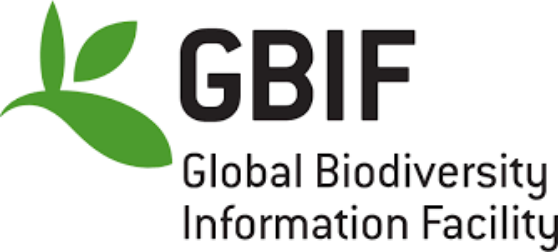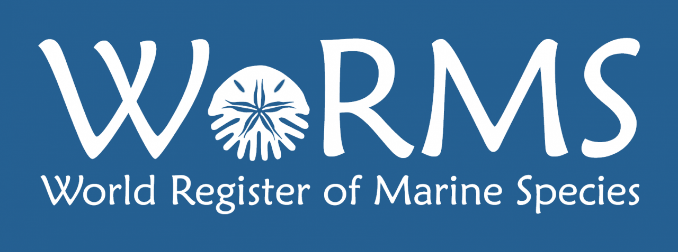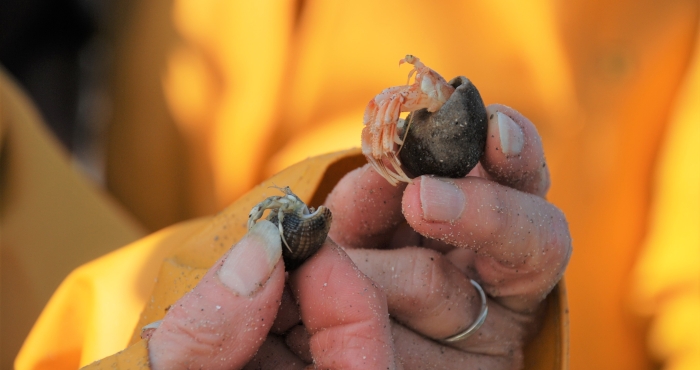
Fish
Fish are an important part of the marine ecosystem and play a significant role in food supply worldwide. To be able to protect and manage fish species, we need in-depth knowledge on their ecology. In Lifewatch Belgium we use innovative-tracking technologies to understand their movement behaviour and get insights into the migration routes which are needed for species and habitat conservation and fisheries management purposes.
Why do we study fish

Within LifeWatch Belgium, a multitude of fish species from the marine and freshwater environment are investigated. Electronic tags are used to investigate the fish in their natural environment. Several biotelemetry techniques are available to track aquatic animals and generate detailed spatiotemporal observations of their movements (e.g. dispersion, migration and homing) and habitat use; the technique used depends on the research questions, the species, the environment and the available budget. This information is needed to understand ecosystem functioning and dynamics. The biotelemetry techniques have already proven to provide cost-efficient crucial oceanographic data, gather species' life history information, help in assessing the effects of anthropogenic activities and thus deliver the necessary insights to support management, and restore and conserve aquatic species and their habitats. The resulting data and knowledge form the scientific basis of international policies and directives.
What we do in LifeWatch
Physical network
Biotelemetry is a commonly applied technique to investigate the behavioural ecology of aquatic animals in the wild. These animals are equipped with electronic tags, implanted internally or attached externally by means of a minor surgery. In LifeWatch Belgium we use acoustic telemetry and archival tags.
Acoustic telemetry is the most widely applicable and flexible form of active tracking in aquatic environments. The acoustic tags transmit acoustic signals which can be detected by a network of receivers. Upon detection, the information of the unique ID-code of the transmitter is stored on the receiver together with an exact timing of the event. When applicable, data from incorporated sensors in the tags (e.g. temperature, pressure and acceleration) is also available.
A national acoustic receiver network for fish tracking, called the Permanent Belgian Acoustic Receiver Network, was established in 2014 to track freshwater, marine and diadromous fish species.
In contrast to acoustic transmitters, archival tags do not emit signals, but log and store sensor measurements (e.g. temperature and pressure) at a predefined time interval in the tag memory.
These tags must therefore be recovered or send their information through satellites to access the logged data. The resulting time series can provide fine-scale information on horizontal and vertical movement behaviour and environmental preferences and can be used to reconstruct migration trajectories with geolocation modelling. Archival tags often wash up on the shore, so if you find a red object on a beach, please contact tags@vliz.be and get your reward!
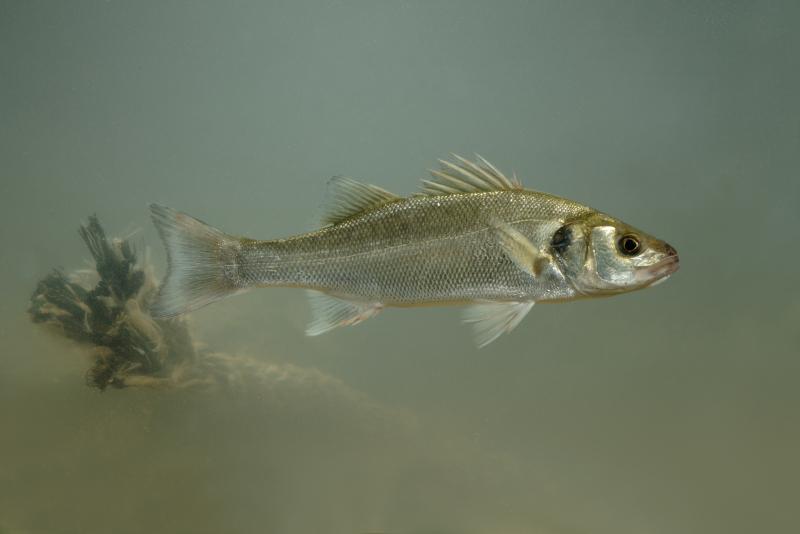

Data infrastructure
In addition to a physical network and tagged animals, proper data management is needed for a successful telemetry network. All data gathered in Belgium are stored in a central PostgreSQL database hosted by VLIZ. The database stores both the occurrences (i.e. detection data) and the metadata related to tags, animals, receivers, deployments and projects. An interactive online web interface, developed in PHP using Symfony framework, gives access to all detection- and metadata stored in the database and allows the database to be managed and explored.
Data & Services
Related stories
Related news
-
Tracking sharks in the North Sea for better protection and management 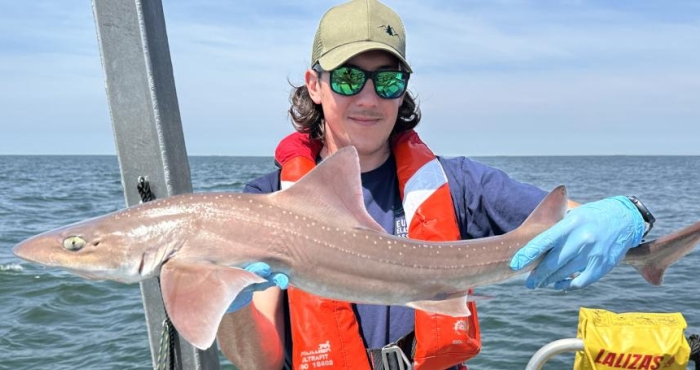
Tracking sharks in the North Sea for better protection and management
With support from LifeWatch Belgium and the European Tracking Network (ETN), researchers are tagging sharks in the Belgian part of the North Sea to uncover their movements and preferred habitats. Scientists from the Flanders Marine Institute (VLIZ) and the Research Institute for Agriculture, Fisheries and Food (ILVO) lead this work, using LifeWatch infrastructure to collect vital data that will help guide targeted protection and management. -
Fish Don’t Know Borders: Tracking Aquatic Life Across Europe 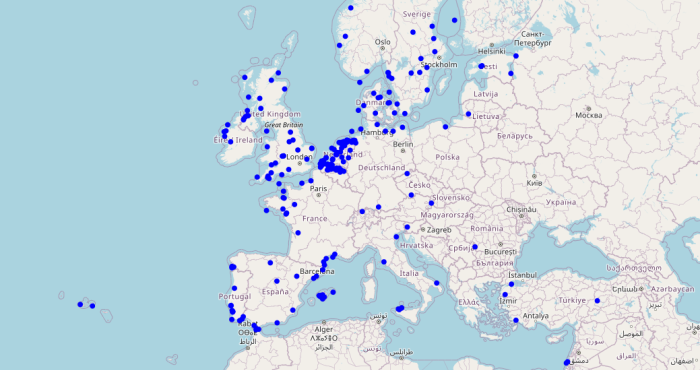
Fish Don’t Know Borders: Tracking Aquatic Life Across Europe
Through the European Tracking Network (ETN), LifeWatch Belgium connects researchers who track fish and other aquatic species across borders. Using a shared network of acoustic receivers, scientists follow animal movements from rivers to seas, revealing how aquatic life links ecosystems throughout Europe. -
From Europe to the Atlantic: new insights into eel migration 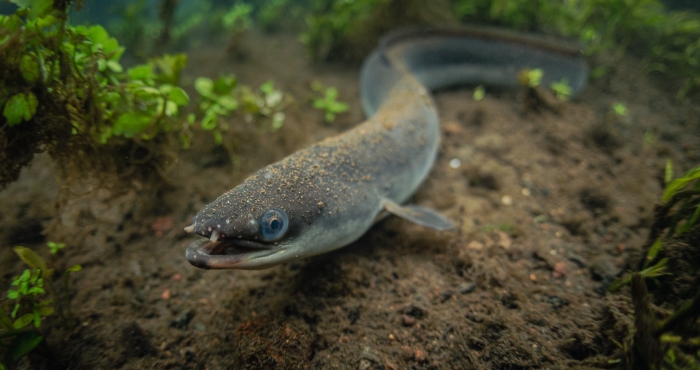
From Europe to the Atlantic: new insights into eel migration
European eels are legendary travelers, undertaking journeys of up to 9,000 km to spawn inthe Atlantic Ocean. A groundbreaking study led by LifeWatch researchers has broughttogether tracking data from more than 2,300 eels across 9 countries, revealing howgeography and river barriers shape the timing of this epic migration. -
SoundLib: The Marine Sound Library for the Belgian Part of the North Sea 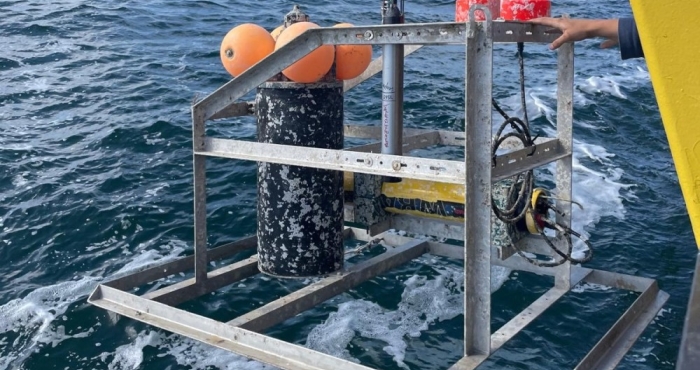
SoundLib: The Marine Sound Library for the Belgian Part of the North Sea
VLIZ has launched the Marine Sound Library (SoundLib), a unique open database of underwater sounds from the North Sea. With thousands of recordings and advanced analysis tools, the platform provides new insights into the region’s acoustic environment. SoundLib supports scientists, policymakers, and the public in understanding how natural and human-made sounds affect marine ecosystems, and creates new opportunities for AI-driven research.

